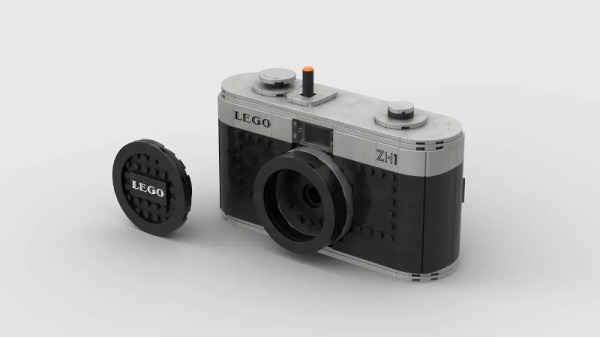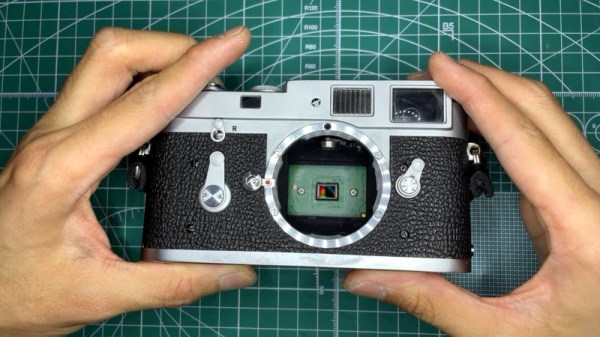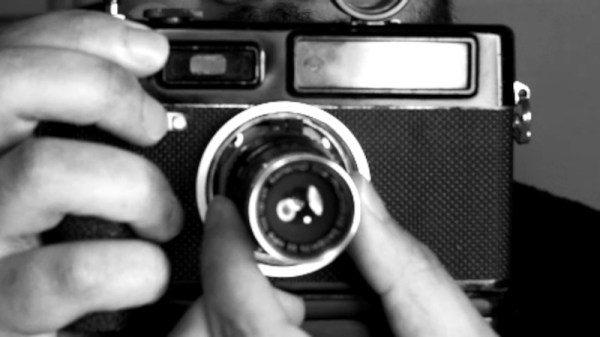Some time over a year ago, we told you about a camera. Not just any camera, but a fully-functional 35mm film camera made entirely of LEGO, and with a pleasingly retro design into the bargain. It’s the work of [Zung92], and it can be found on the LEGO Ideas website.
You might now be asking why we’re talking about it again so soon, and the answer comes in its approaching the deadline for being considered by LEGO for a set. Projects on the Ideas website move forward when they achieve 10,000 supporters, and this one’s just shy of 8,000 with a month to go. We like this project and we think it deserves to see the light of day, and perhaps with your help it can.
When we covered this project last time we lamented the lack of technical detail, so we’re pleased to see a glimpse inside it as part of a manual uploaded to the updates page. We’d be the first to remark that with its LEGO part plastic lens and quarter-frame pictures it won’t be the best camera ever, but that’s hardly the point. Cameras like this one are a challenge, and it seems as though this one is perfect for the competition with a difference.













